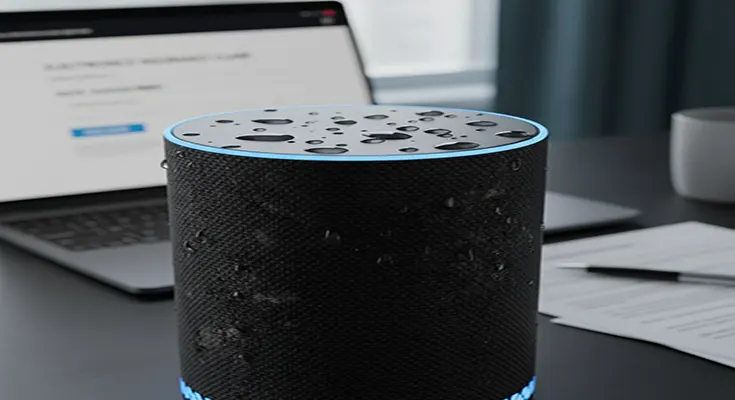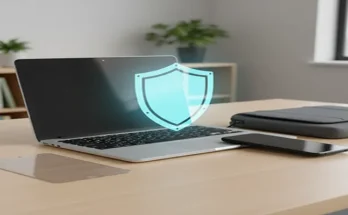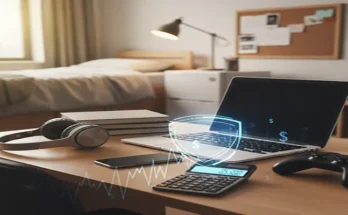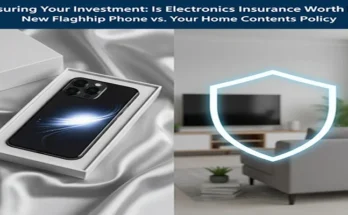The convenience of smart home technology—from voice assistants to security cameras and leak detectors—is undeniable. However, when a sudden event like a burst pipe, an overflowing tub, or even heavy rain causes water damage to these sophisticated electronics, the loss can be significant.
Navigating the electronics insurance claim process for a single smart home device requires a focused, systematic approach to ensure you receive a fair repair or replacement payout.
Step 1: Safety First and Immediate Damage Mitigation
Your priority is always safety and preventing further damage.
- Do NOT Power On the Device: Resist the urge to test the smart device. Applying power to a water-damaged circuit can cause a permanent short-circuit, which may complicate the repair process or invalidate a claim if it’s determined you caused additional damage through negligence.
- Disconnect Power: If safe, unplug the device and, if possible, remove the battery. For hardwired devices, turn off the power at the breaker switch controlling that circuit.
- Remove from Water: Carefully move the device to a dry location.
- Stop the Source: Address the water source immediately (e.g., turn off the main water valve, stop the leak, or remove standing water). Insurance coverage for the contents (the smart device) often depends on the source of the water being “sudden and accidental” and not due to neglect.
Step 2: Determine Your Coverage Type
A smart home device might be covered by one of three types of insurance:
| Coverage Type | Best for… | Key Considerations for Water Damage |
| Homeowners/Renters Insurance | Devices damaged by a covered peril (e.g., burst pipe, fire, storm). | Typically subject to a deductible. Coverage is for your Personal Property and only if the water damage cause is covered (e.g., flood damage is usually excluded). |
| Electronics/Gadget Protection Plan | Accidental damage from handling (ADH), including spilled coffee or dropping the device. | Lower deductibles than homeowners insurance. Ideal for portable or easily damaged items. Check if it covers “liquid damage.” |
| Manufacturer’s Extended Warranty | Mechanical or electrical failure after the original warranty expires. | Rarely covers accidental damage like water exposure. |
Crucial Check: Read your policy documents or call your agent to confirm if your specific policy covers sudden and accidental water damage to personal property (electronics) and what your deductible is.
Step 3: Comprehensive Documentation is Key
Insurance claims are won or lost on evidence.4 Document everything before any major cleanup or repair begins.
| Required Evidence | Why it’s Important | Tips for Smart Home Devices |
| Visual Proof of Damage | Establishes the extent of the loss and the cause. | Take multiple clear, high-resolution photos/videos of the device in its damaged location and close-ups of the water damage itself (e.g., water stains, corrosion). |
| Proof of Ownership & Value | Justifies the value of your claim. | Gather original purchase receipts, credit card statements, or order confirmations. Note the Make, Model, and Serial Number of the device. |
| Timeline of the Incident | Establishes the “sudden and accidental” nature of the loss. | Write a detailed account: Date and time of the water event, when you discovered the damage, and the steps you took to stop the water source. |
| Cost of Repair/Replacement | Provides a financial basis for the claim. | Do not throw out the device! Obtain a written repair estimate from an authorized electronics repair shop that specifically states the damage was caused by water and provides a quote for repair or replacement cost. |
Step 4: Filing the Claim
Once you have your evidence, contact your insurer immediately.
- Report the Loss: Call your insurance company or log into their online portal to file a claim. Be prepared to provide the date of loss and a brief description of the event. You will be assigned a Claim Number and an Adjuster.
- Submit Documentation: Send all the photos, receipts, the written report of the incident, and the repair estimate to your adjuster.
- Cooperate with the Adjuster: The adjuster may ask to inspect the device or the scene of the damage. Be transparent and provide any additional information they request promptly.
- Await a Decision: The adjuster will review your documentation against your policy terms (including depreciation and deductible) to determine the repair or replacement cost.
Step 5: Final Settlement and Replacement
The final settlement will depend on your policy’s terms—specifically whether it offers Actual Cash Value (ACV) or Replacement Cost Value (RCV) coverage.
- ACV: Pays the depreciated value of the device (what it was worth at the time of damage).
- RCV: Pays the cost to purchase a brand-new, similar device.
Once the amount is agreed upon, the insurer will issue payment, minus your deductible, allowing you to proceed with the repair or purchase of a new smart home device.





